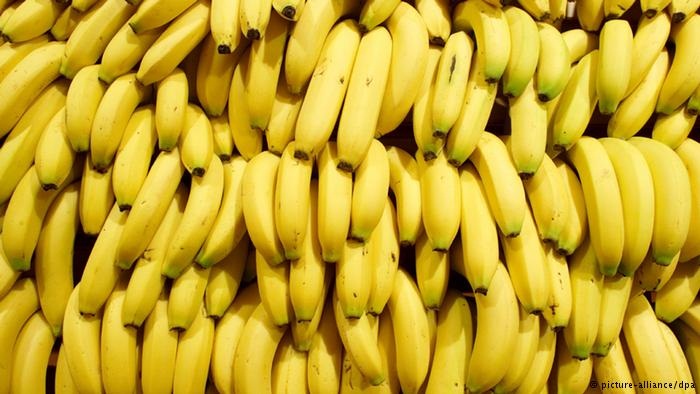The disease -- known as "Panama disease" or "Fusarium wilt" -- has already spread from Asia to parts of Australia, Africa and the Middle East. It specifically affects the Cavendish banana, which is the fruit that consumers in the West are accustomed to eating.
The United Nations Food and Agriculture Organization warned this month that the $36 billion banana industry must act "to tackle one of the world`s most destructive banana diseases."
An earlier strain of the Panama disease wiped out what had been the most popular banana variety in the 1960s, the Gros Michel. Producers subsequently adopted the Cavendish banana, which was deemed an inferior product but was resistant to the disease.
Now, banana scientists and growers are considering which new banana might replace the current Cavendish variety, as a new strain of the disease has caused production to collapse in parts of Asia.
Taiwan has created a number of "mutant" Cavendish bananas that are being tested in the Philippines and China, according to Inge Van den Bergh, a senior banana scientist at Bioversity International in Belgium.
"They`re quite promising," but they`re not necessarily as tasty or suitable for long-distance transport, she told CNNMoney. There`s no "silver bullet solution," she said.
For now, banana prices in Western grocery stores aren`t rising since Latin America has been spared.
But consumers in North America and Europe could start seeing changes to their banana varieties and prices over the next decade if the Panama disease spreads to Latin America, Van den Bergh said.
The developing world is most at risk from the spreading disease, which stays in the soil for up to 40 years. Billions of dollars and billions of tons of food are at risk, and planting new varieties of bananas is very expensive.
"The spread of Fusarium wilt could have a significant impact on growers, traders and families who depend on the banana industry," warned plant pathologist Fazil Dusunceli from the UN`s Food and Agriculture Organization.
More about:
















































